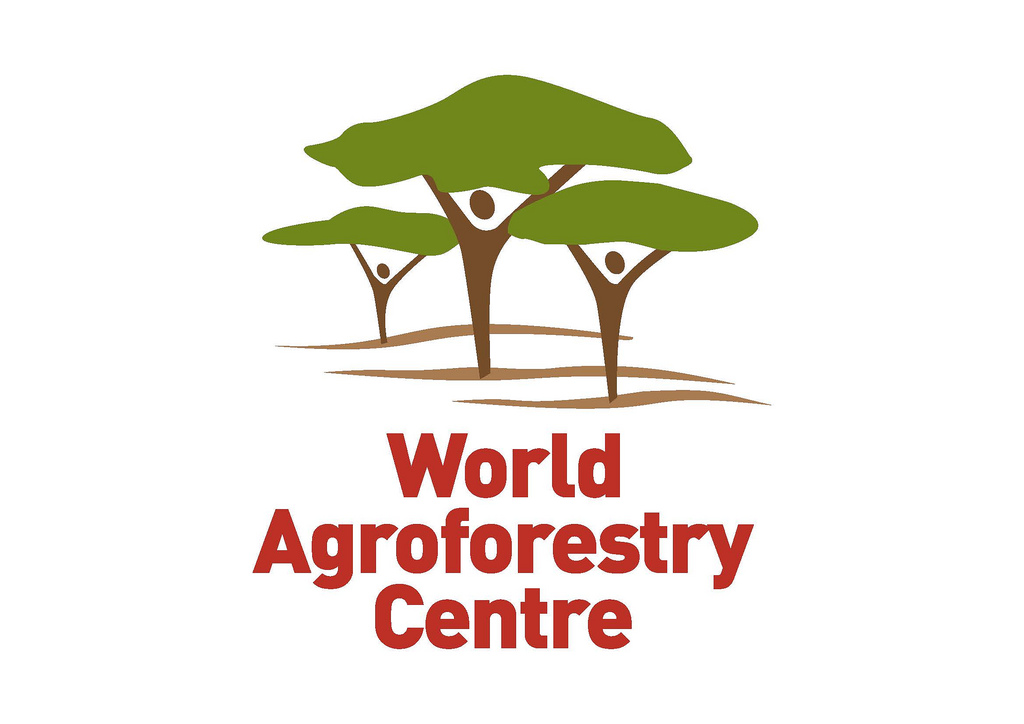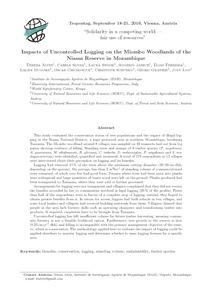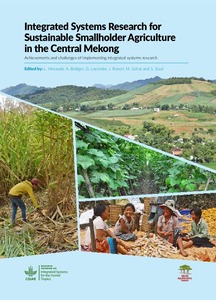Location
The World Agroforestry Centre (ICRAF) is a CGIAR Consortium Research Centre. ICRAF’s headquarters are in Nairobi, Kenya, with six regional offices located in Cameroon, China, India, Indonesia, Kenya and Peru.
The Centre’s vision is a rural transformation throughout the tropics as smallholder households increase their use of trees in agricultural landscapes to improve their food security, nutrition security, income, health, shelter, social cohesion, energy resources and environmental sustainability.
ICRAF's mission is to generate science-based knowledge about the diverse benefits - both direct and indirect - of agroforestry, or trees in farming systems and landscapes, and to disseminate this knowledge to develop policy options and promote policies and practices that improve livelihoods and benefit the environment.
The World Agroforestry Centre is guided by the broad development challenges pursued by the CGIAR. These include poverty alleviation that entails enhanced food security and health, improved productivity with lower environmental and social costs, and resilience in the face of climate change and other external shocks.
ICRAF's work also addresses many of the issues being tackled by the Sustainable Development Goals (SDGs) that aim to eradicate hunger, reduce poverty, provide affordable and clean energy, protect life on land and combat climate change.
Members:
Resources
Displaying 41 - 45 of 146Impacts of uncontrolled logging on the Miombo woodlands of the Niassa reserve in Mozambique.
This study evaluated the conservation status of tree populations and the impact of illegal logging in the Niassa National Reserve, a huge protected area in northern Mozambique, bordering Tanzania. The Miombo woodland around 8 villages was sampled on 43 transects laid out from log patios showing evidence of felling. Standing trees and stumps of 8 timber species (P. angolensis, A. quanzensis, M. sthulmannii, B. africana, C. imberbe, D. melanoxylon, P. angolensis and S. madagascariensis) were identified, quantified and measured.



